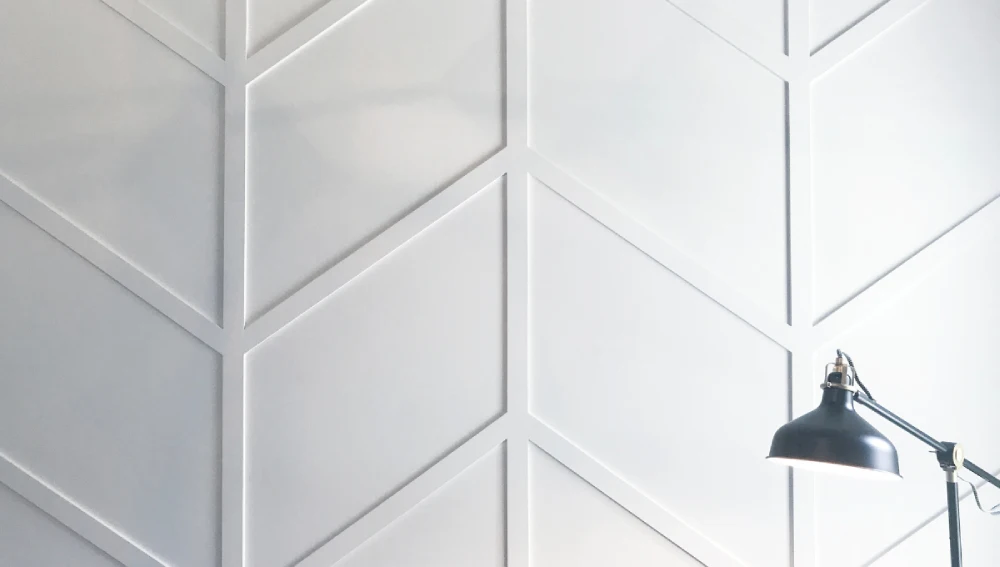When looking for attractive wall designs to brighten up your home, you might have come across something called wall panelling. Wall panelling is not something new, it has been around for centuries and has been used for insulating and decorative purposes in numerous historical buildings.
Today, wall panels are mostly used for decorative purposes and to make homes more aesthetically pleasing. There are several types of wall panelling ideas you can choose from for your home, office, or any other space.
In this article, we will discuss in detail what wall panelling is and the several types of wall panelling ideas you can choose from for your home.
What is a Wall Panel?
A wall panel is a single piece of long, rectangular material that can be fitted against the wall to entirely or partially cover the wall surface. Wall panels can be made from several materials like wood, plastic, PVC, MDF, hardboard, fibreglass, etc.
A wall panel can be used for various purposes like decoration, damage repair, paint replacement, soundproofing, insulation, and many more.
These panels are pleasing to the eye and can invariably increase the value of your property.
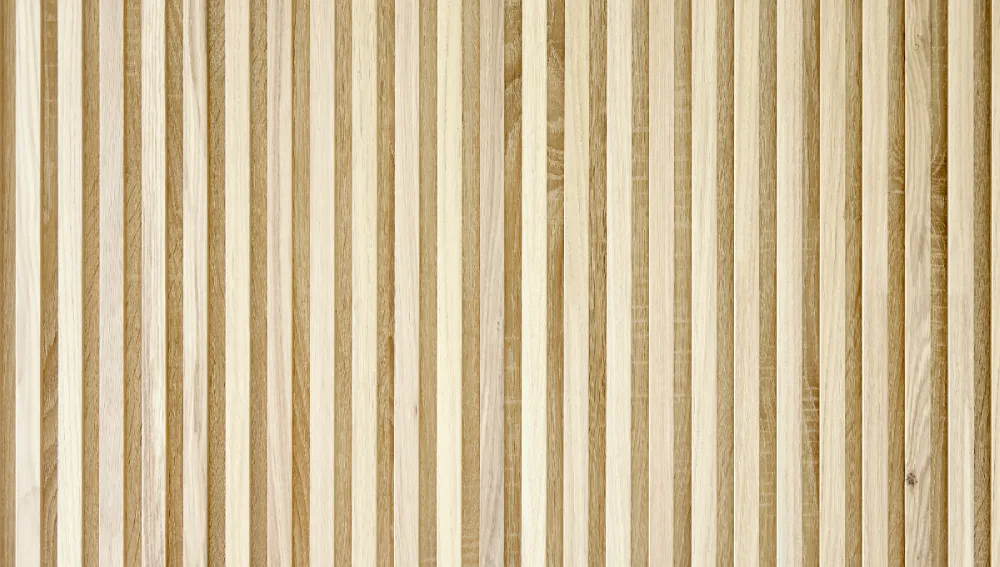
Types of Wall Panelling
Wall panelling is a great choice for improving the ambience of your home. There are several types of wall panelling you can choose from. All of them are unique and can add a different kind of beauty to your home.
1. Wainscoting
Wainscoting is a classic wall panelling method that has been around for several years. Though in the beginning wainscoting was done to protect the walls from damage, it is now also being used as a decorative element.
Wainscoting involves panelling the lower section of a wall (up to around 3–4 feet from the floor). The panels have square or rectangular mouldings that are placed uniformly around the wainscot.
Wainscot is an excellent choice and often requires low maintenance. It can be installed by a professional or you can join your family and do it as a DIY project.
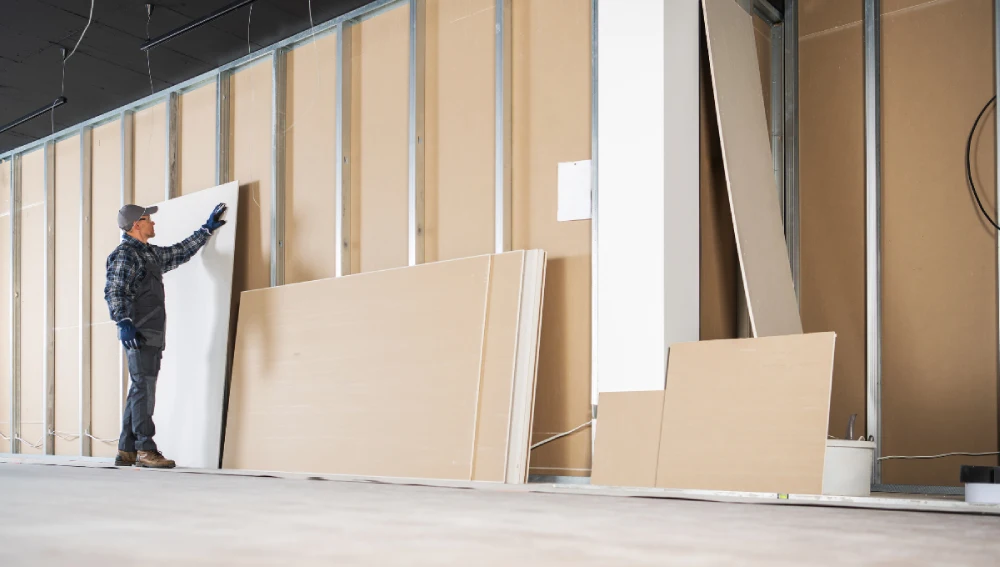
2. Accent Walls
Accent walls are one of the best wall panelling types. This involves creating a visually appealing panel structure on one side of the wall only, leaving the other three empty.
This is a popular wall panelling design and is being used in both residential and commercial properties. You can use wood, texture, or 3D panels to accentuate the wall.
Painting this panel in a contrast colour to the other three walls can also make it the focal point in your room.
3. Batten & Board (Shaker Style)
This method is almost similar to the wainscoting style, with only a minor difference. In wainscoting, the wall panel covers the lower portion of the wall and is only a few feet high. A shaker-style wall panel can cover half the height or the entire wall and this type of wall panel looks great in the living room. It is called batten & board because it consists of two main components:
- Batten: Narrow strips of wood that cover the seams between the boards
- Board: Long vertical panels that cover the wall.
The design usually has long vertical lines running along the wall and can add a sense of uniformity and sophistication.
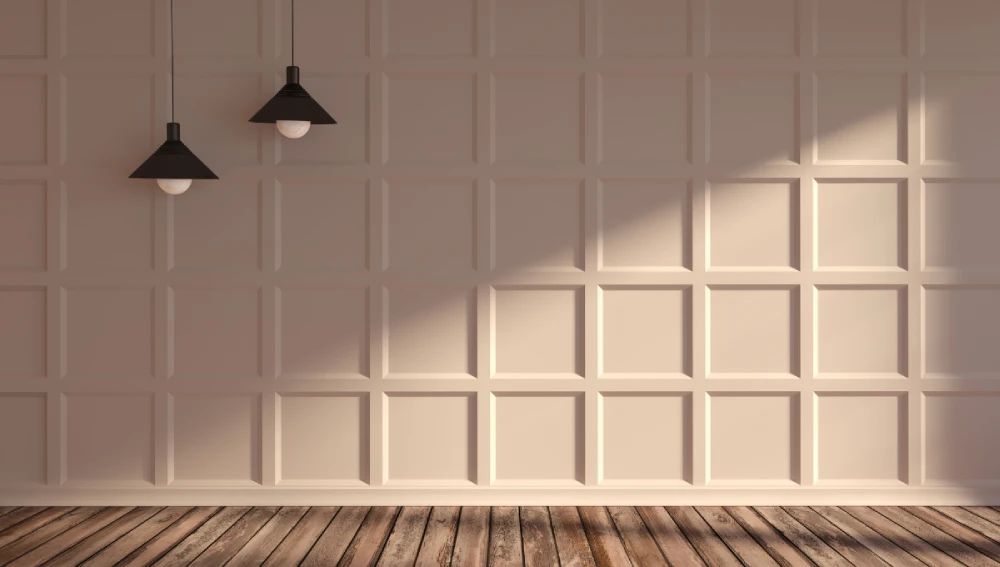
4. Tongue & Groove (Shiplap)
This design is mostly found in countryside buildings like farmhouses, storerooms, etc. This panelling is usually designed with wood but you can also use other materials according to your preference.
The tongue & groove or the shiplap wall panel consists of long boards that are tightly interlocked with each other, either vertically or horizontally. This design provides a classic and rustic charm and can be used for both interior and exterior design.
5. Wooden Slats
As the name suggests, this type of wall panelling involves placing thin strips of wood slats next to each other. The thickness of the wood slat (mostly plywood) will be around ¼ inch to 1 inch.
Most people prefer using thinner slats as they will have an aesthetic feel after placing them all together. Unlike other artistic wall panellings, this option will give you a clean look while also having a modernist and contemporary feel.
6. Geo Wood Panelling
Geo wood panelling or geometric wood panelling also involves using narrow wooden slats that are around ¼ inch to 1 inch. Unlike the wood slat method, where you place the wooden strips closely together, here, you create some geometric shapes with the slats on the wall.
You can go for different shapes like squares, rectangles, triangles, pentagons, hexagons, etc. It all depends on your preference and artistic style. This design will be a refreshing alternative to the traditional straight lines you create with wooden slats.
7. Beadboard
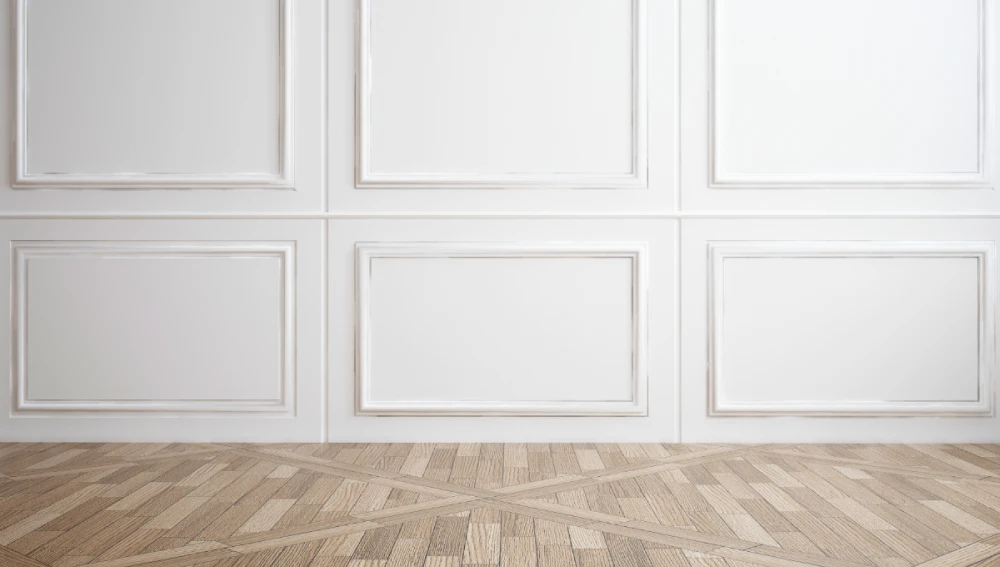
This style is almost similar to the tongue and groove panelling we discussed above. This panelling has narrow wooden slates that are placed next to each other, with vertical grooves (or beads) running along the edges of the board.
This is also a countryside panelling style and gives a coastal or cottage-style vibe. This type of panelling is usually done with wood, but you can also consider other materials if you like.
8. Raised Panelling
This is also a good wall panelling model that is simple yet artistic. This wood panelling involves having recessed panels all over the wall accompanied by raised frames that create the shape (square, triangle, or rectangle) in them.
This panelling kind of gives a 3-dimensional effect but also has a vintage and elegant look. You can customise this according to your tastes and liking.
9. 3D wood Panelling
3D wall panelling is a contemporary wall panelling method that has been on the rise in recent years. Having immense depth and texture, this modern panelling is a visual treat to spectators.
These panels are crafted from wood and feature intricate designs and patterns that create a stunning 3D effect. You can use geometric patterns, organic shapes, etc., to design your 3D wood panelling. Talk with your architectural designer and customise this 3D wall panelling to your liking.
10. Mix and Match
When there are so many options in wall panelling, why settle for only one? Mix and match is a creative method where you mix different styles, colours, materials, and finishes in one wall panel.
Mix and match wall panels are a good option. However, you need to find the right elements that complement each other and are visually appealing. For example, if you like both natural and man-made wall panels, you can combine them and artistically design them for your walls.
It is best to consult a professional for this type of wall panel. Tell them clearly about your preferences and style requirements.
Conclusion
Wall panelling is a segment of architectural design that has immense opportunities for customization and improvements. There are numerous materials, styles, and types you can choose from for your wall panelling.
If you are confused by the myriad of designs and don’t know which to choose, you can consult a professional and decide on a suitable wall panel for your home or office.

